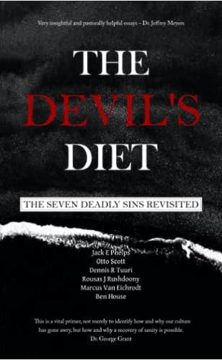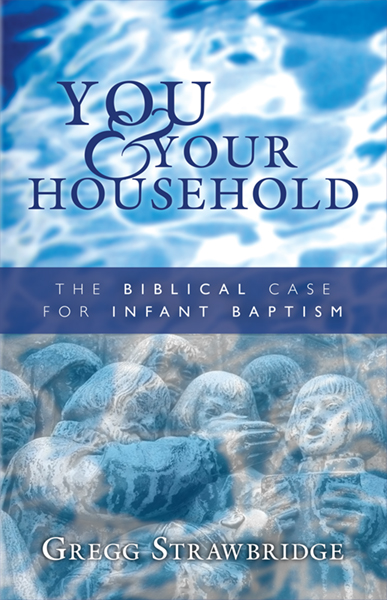Scholars have long debated the significance of the red cord that Rahab hung in her window to identify her house during the impending conquest of Jericho (Joshua 2:18). This is such a well-known detail that it provides an interesting test case for assessing the validity of different interpretive expectations. Put simply, how much should we read into the tiny details of the biblical text? Is the redness of Rahab’s cord significant in any way? Or is it one of those details about which preachers wax lyrical while the Holy Spirit shakes his (metaphorical, analogical) head in disbelief.
At one end of the interpretive spectrum, some have denied that this detail has any significance at all. It was merely a convenient way of identifying the where this lady of the night happened to live, they insist. Nothing more to it than that, they say – the redness of the rag, its location in the window, and so on, are all just irrelevant details. And it certainly has nothing to do with the blood of Christ. That’s just fanciful eisegesis.
Well, we can perhaps sympathise with the too-hasty leap from “red cord” to “red blood cells”, but perhaps a little more consideration is in order before we dismiss the thought out of hand. After all, can’t we think of any other occasion in the Bible when something red was placed over the entrance (or exit, Joshua 2:15) of a house immediately before the LORD passed through in judgment in order to ensure the safe deliverance of both the owner of the house and the rest of his (or her) household? When that judgment was occasioned by the LORD leading his people miraculously through a body of water? How many parallels to the exodus from Egypt do we need to see? (There are plenty, if you’re interested.) C’mon, willya? Hermeneutical minimalism gets an F-grade here. There are no “irrelevant details” in the Bible.
But granted that the shoulder-shrugging “it means nothing” is out of bounds, what does it mean? Early Christian interpreters recognised the obvious parallel with the blood of the Passover lamb daubed on the doorframes of the Israelite houses in Exodus 12. It was for this reason – and not simply because if the cord’s redness – that they drew a connection to the (red) blood of Christ, “our Passover lamb” (1 Cor 5:7). But perhaps there’s even more to it than this.
The most obvious contemporary association might be termed the “red light district” reading. On this view, the redness of the cord has an obvious (and ironic, given Rahab’s apparent repentance) connection with the lady’s (former) profession. But this is no mere fanciful contemporary re-appropriation dictated by the protocols of 21st-century Soho; the sexual overtones of “redness” were as obvious to Bronze Age Canaanite culture as they are to us. Indeed, the connections were obvious to Solomon: “your lips are like a scarlet thread,” he declared (Song of Solomon 4:3).
But there are more subtle resonances still. As Daniel Hawk points out in his outstanding book Every Promise Fulfilled (Westminster / John Knox, 1991), “the scarlet cord (tiqwat hashshani, v. 21) is actually a pun in code. The cord (tiqwat) is a sign of Rahab’s waiting or hope (tiqwat). And it is scarlet (shani) because it is a signal to the two (shney) men who have made the oath” (p. 70).
It turns out that the details matter after all.
Guest post by Rev Dr Steve Jeffery, Minister at Emmanuel Evangelical Church, London, England (Blog, Facebook, Twitter)















